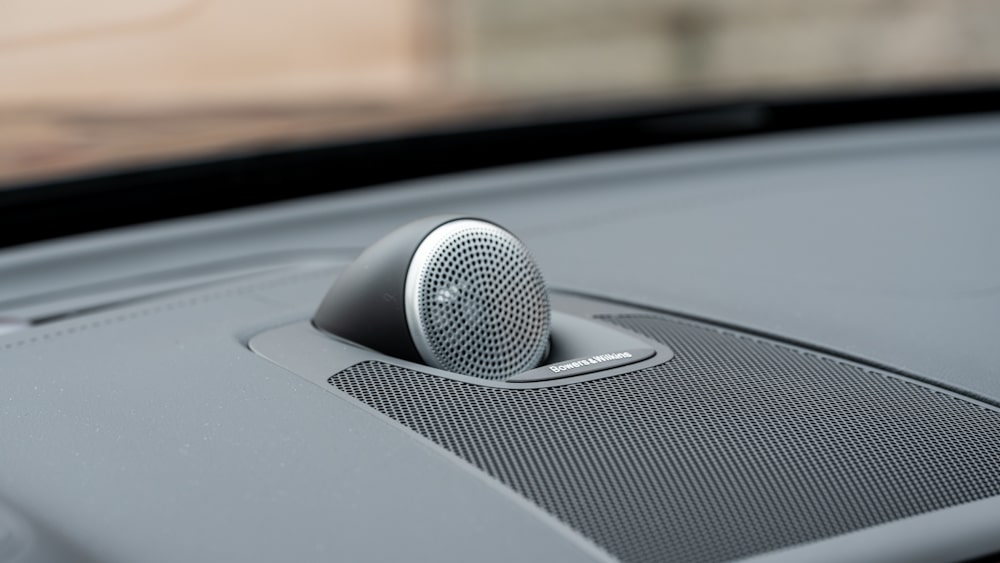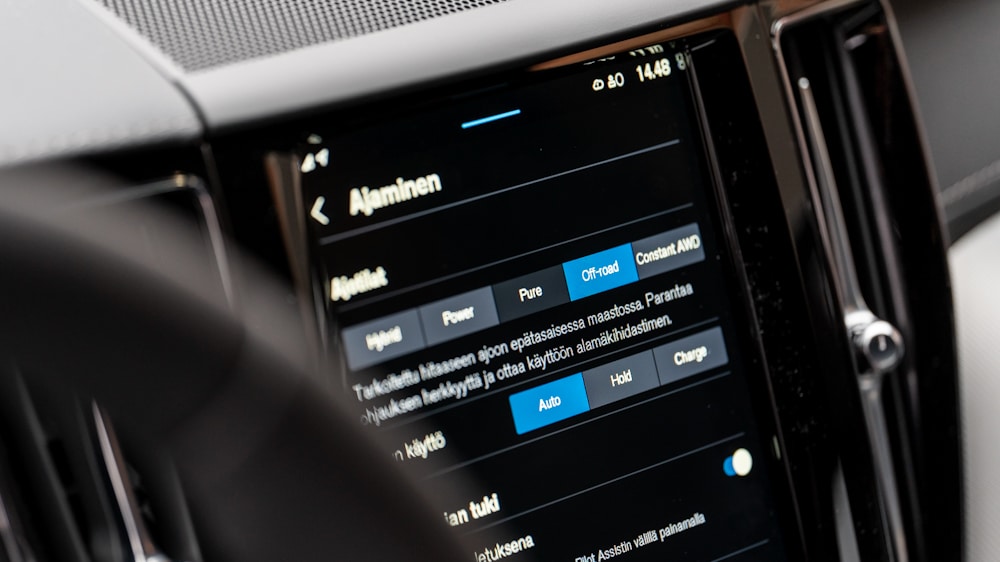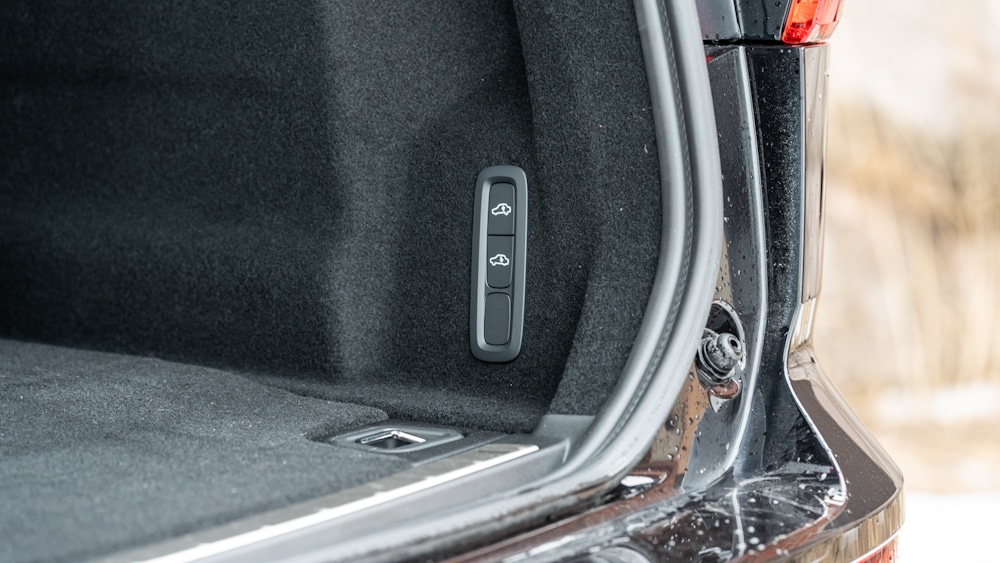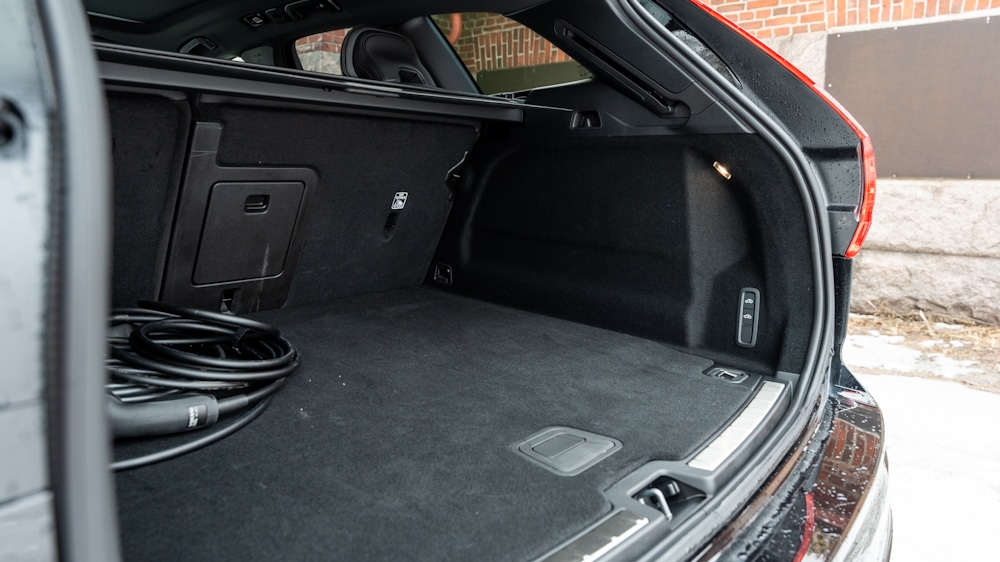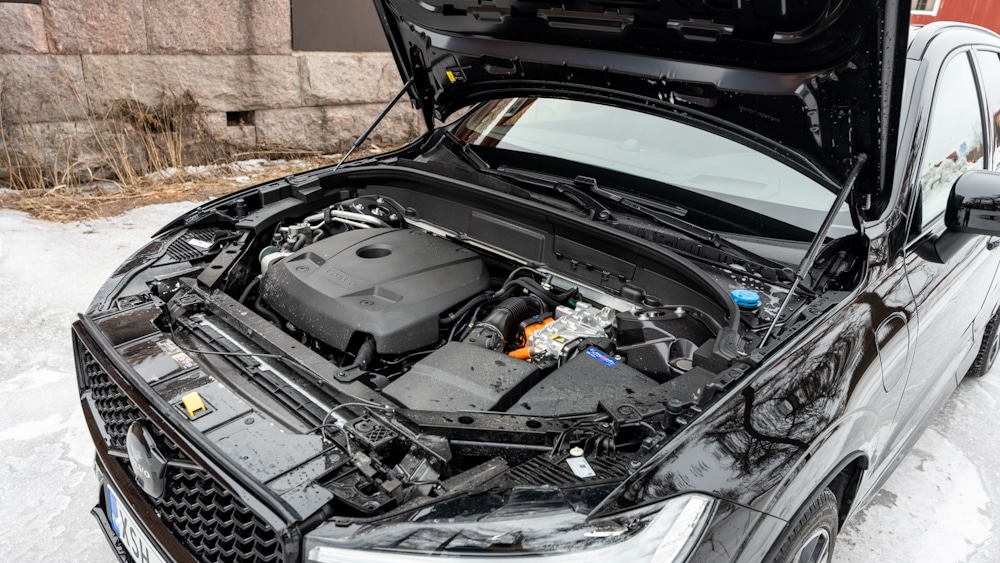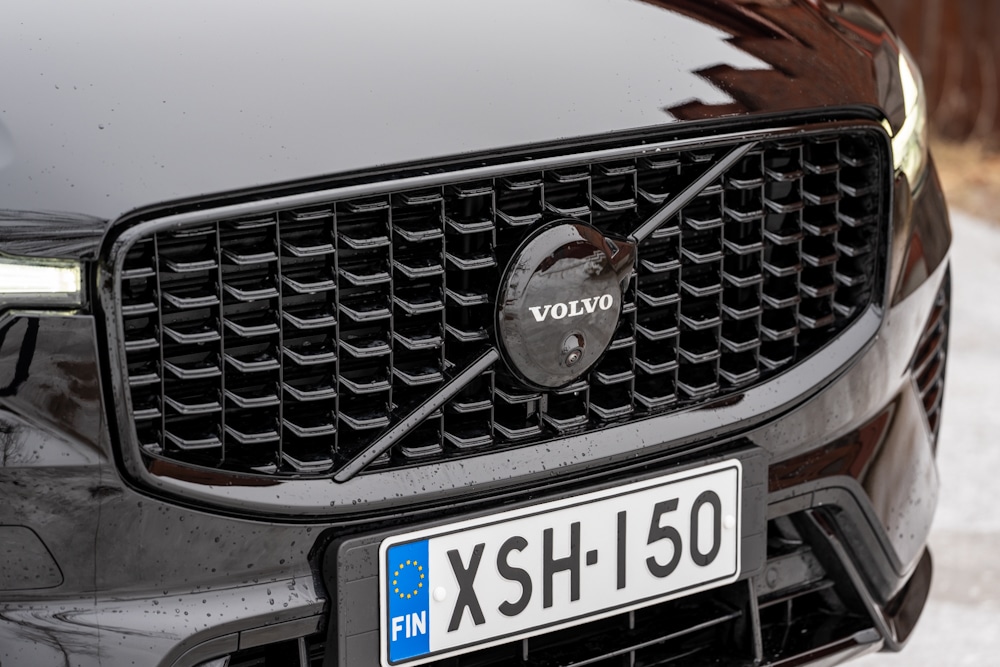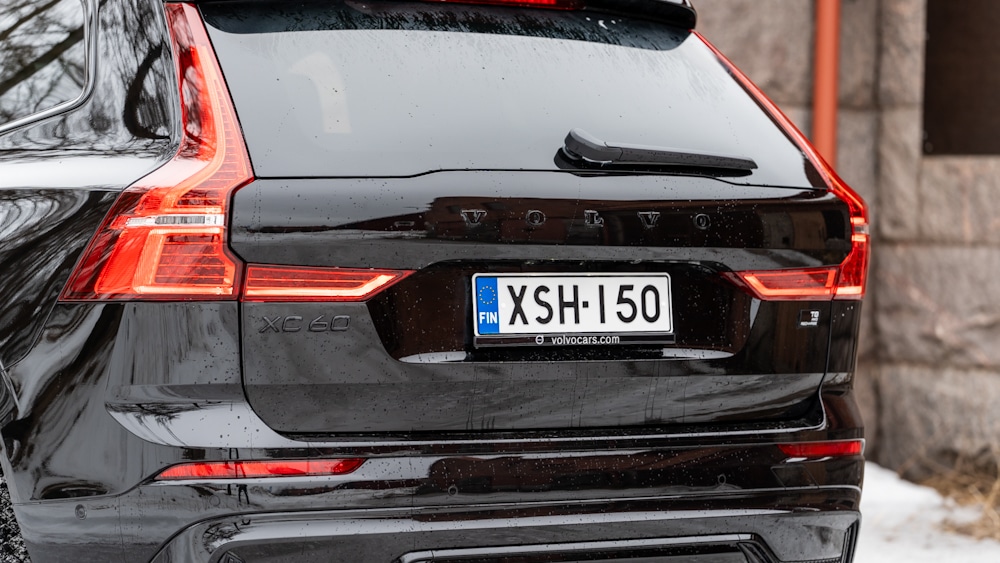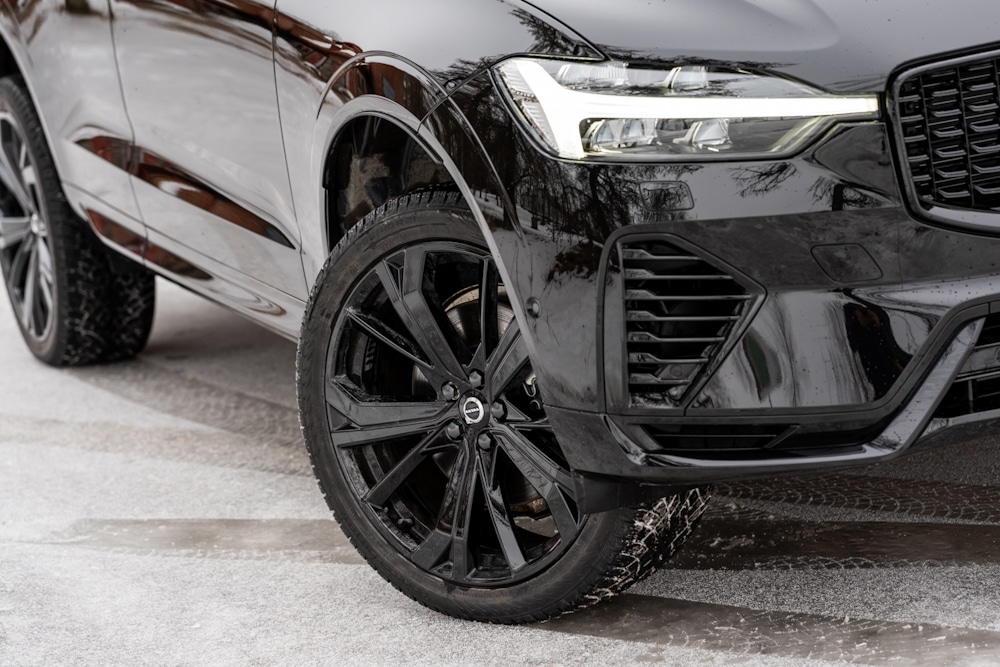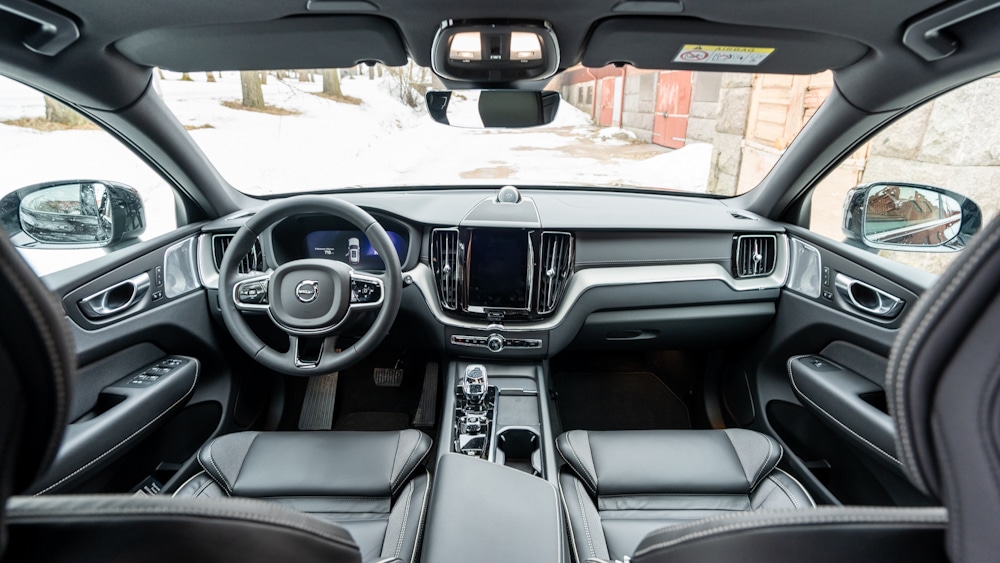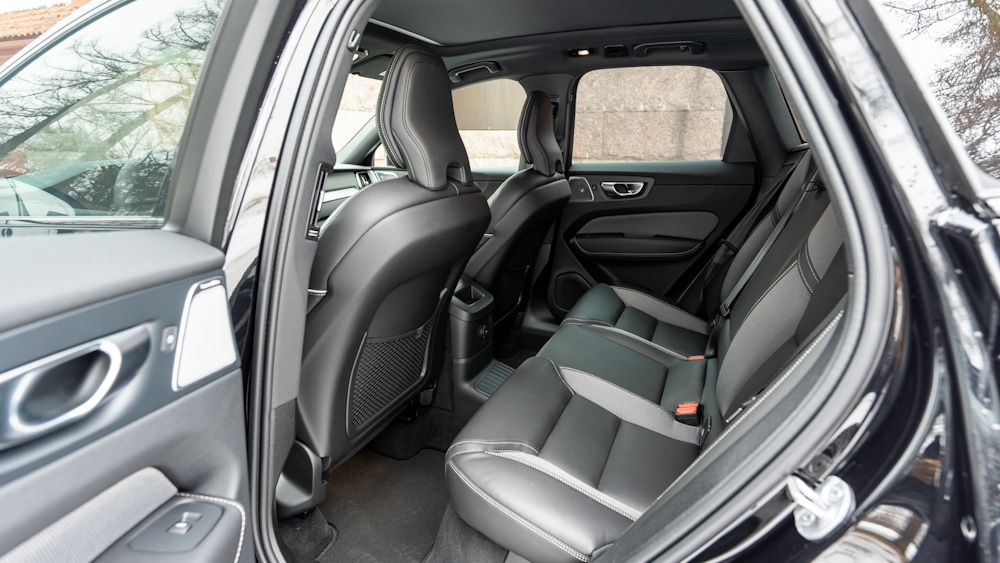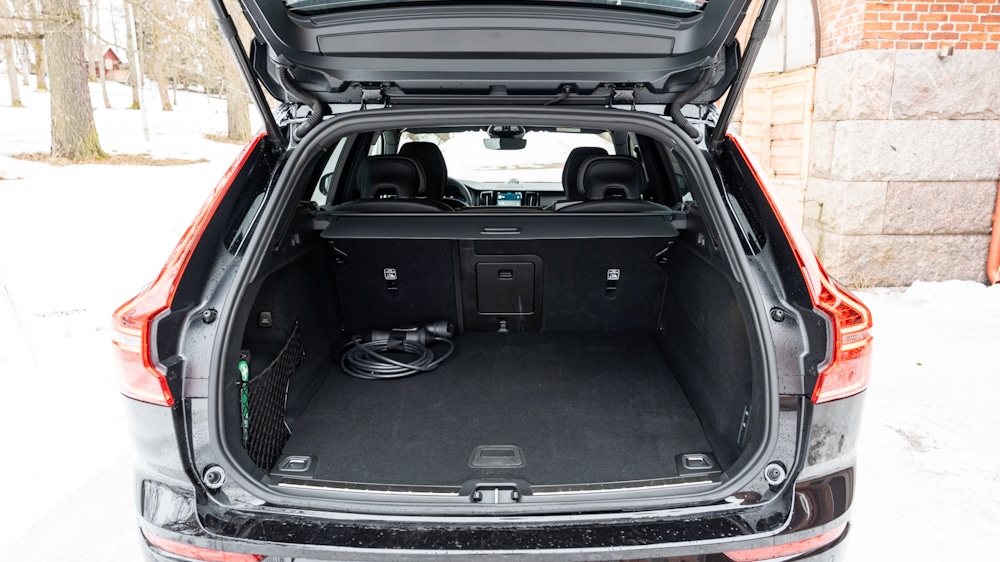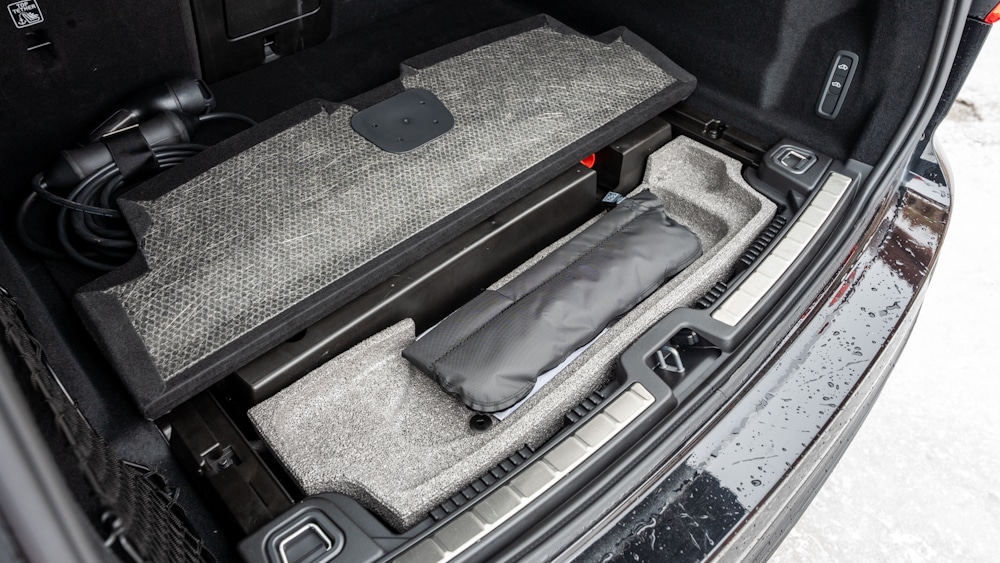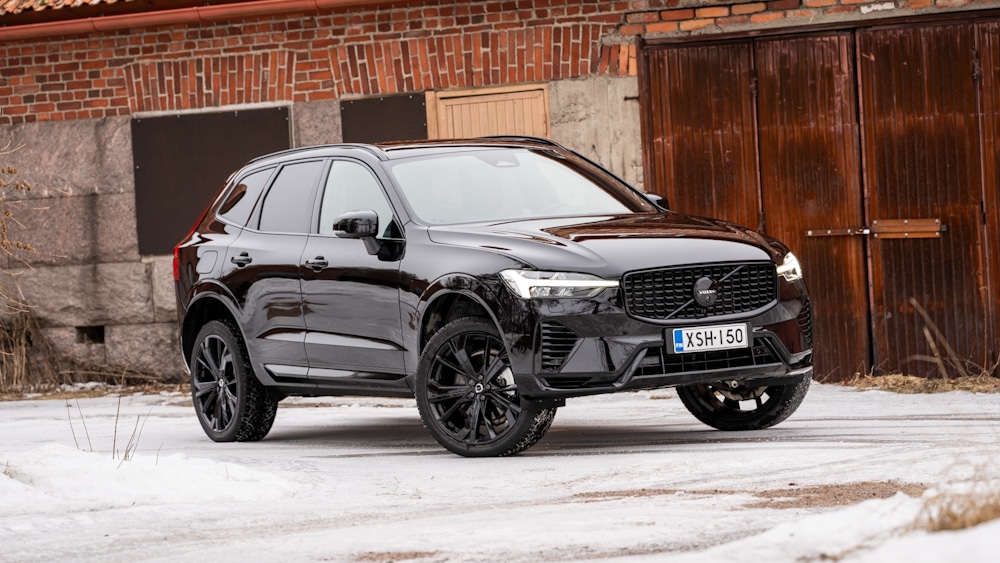Volvo’s Black Edition model brings a “final touch” of sporty elegance to the best-selling second-generation XC60 model, which has been on the market for several years now, by giving the chrome exterior of the car a boost. The current XC60 model is probably in the final years of its production lifecycle and the Black Edition trim, with small but visible black details, makes the car all-black and stand out from other XC60 models.
Compared to the standard XC60 model, the Black Edition always comes in black Onyx Black metallic paint and black 21-inch wheels. The front grille is gloss black, as are the roof rails and mouldings around the windows. The Volvo badge on the front and the car’s model markings on the tailgate have also been changed to black.
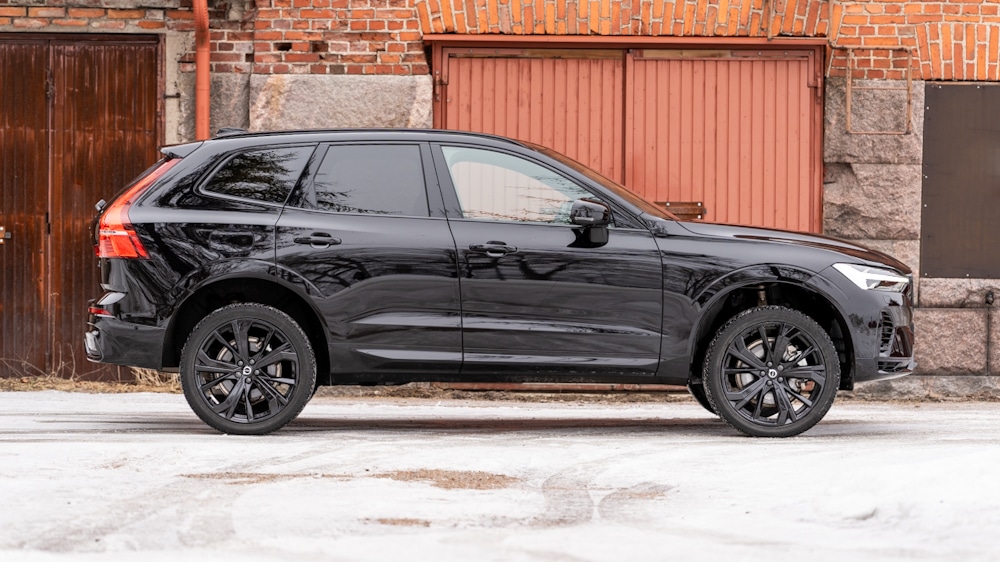
The interior, like the exterior, is black or at least dark clean. The seats are upholstered in nappa leather and upholstered in leather with sport seats in front for good support. In addition to the above-mentioned starting prices, the car comes with the Ultra Pro equipment package and, among other things, the superb Bowers & Wilkins sound system and the comfort seats with massage and ventilation, which were in the test car, for an extra four thousand euros.
Starting with the Black Edition, the Plus equipment level is already very comprehensive, and the short list of options is limited to a few comfort-enhancing features in addition to the tow hook.
Familiar and safe T kasi
The XC60 T8 Black Edition has the same power train as the standard XC60. The front axle is powered by a two-litre turbocharged petrol four and the rear axle by a 100 kW electric motor. The available battery capacity is 14.7 kWh.
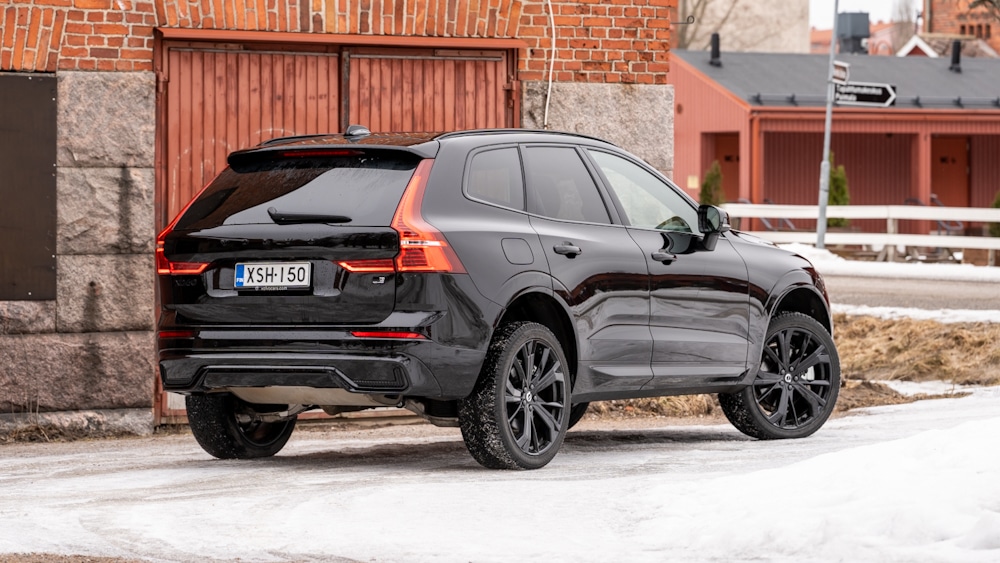
The test drive week took place during the zero temperatures of a southern spring-winter, so the electric range of the car became an interesting parameter to observe. The instrument panel showed an electric range of 65 kilometres when the car was started with a full battery.
Over a week of driving on electric power alone in urban and suburban driving, the actual range from full battery to empty averaged just over 60 kilometres with temperatures on both sides of zero.
On the motorway section from Helsinki to Turku, the first 40 kilometres were covered on electricity and the rest on an internal combustion engine. The average consumption of the internal combustion engine at Turku was 5.9 l/100 km for the whole journey and after 180 km. The return journey was made using only the internal combustion engine, bringing the average consumption to 7.4 litres.
The use of the traction battery can be freely adjusted through the driving modes and settings. In fully automatic mode, the car tries to use the battery first, while the hold setting allows the battery to be saved for later driving. Even charging the battery while driving using mainly the combustion engine is possible, but this is also reflected in high fuel consumption.
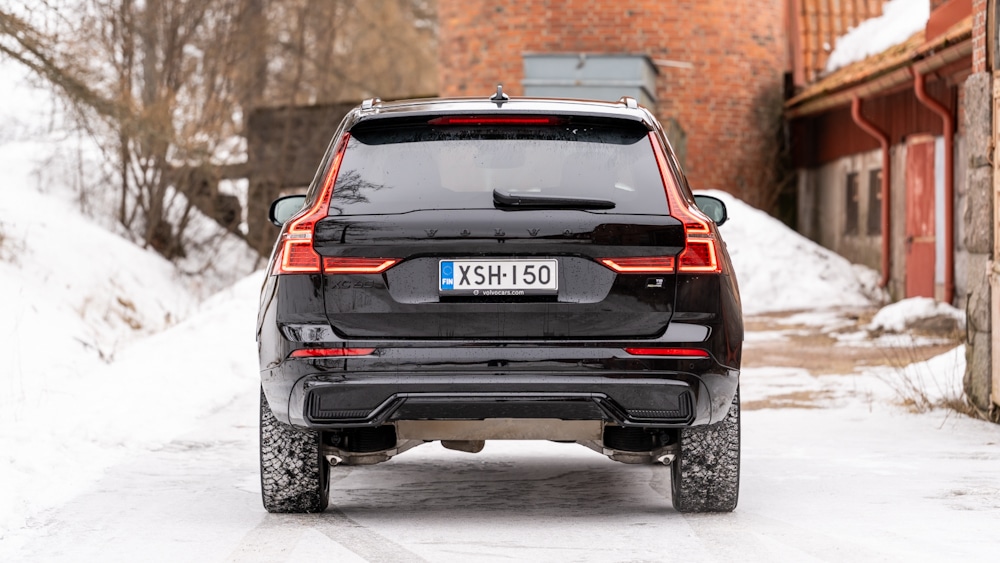
The power lines operate as “stand-alone units”, mostly unobtrusively together, when the roads remain dry and the driving style is more relaxed. In slippery conditions or with a more brisk accelerator pedal, the drivetrain offers a mediocre driving experience, as the communication between the front and rear ends is not entirely seamless. The difference in maximum power between the axles (310hp vs 145hp) also contributes to the imbalance in power distribution.
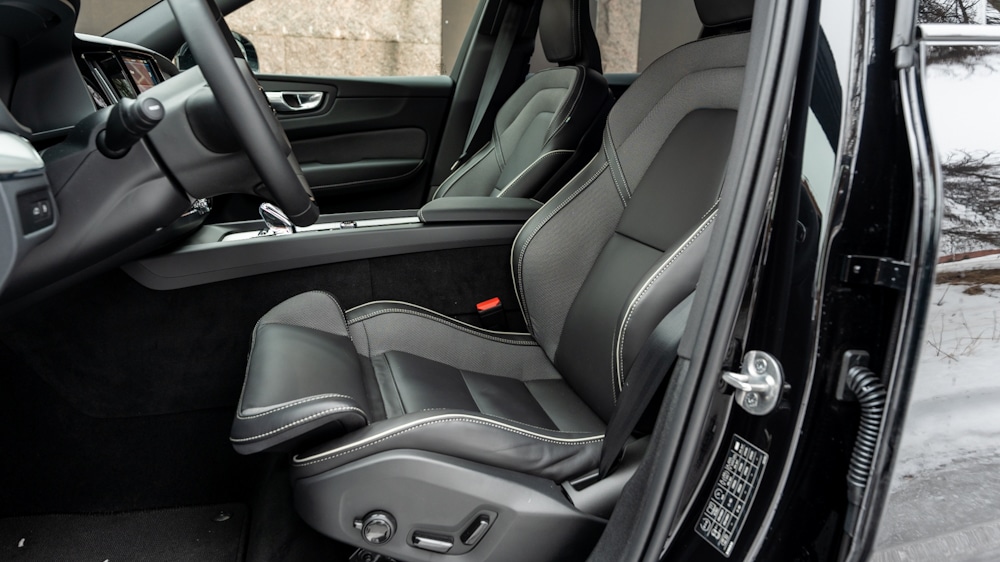
However, there is no need to worry about power adequacy on the T8. With a combined output of 455 hp and just over 700 Newton metres of torque, the XC60 weighs over two tonnes and is easily manoeuvrable. The electric motor on the rear axle alone is also good enough to keep up with traffic right up to motorway speeds.
The test car was fitted with an optional independent air suspension, which added versatility to the feel of the chassis and the ability to adjust the stiffness and height of the chassis while driving. The off-road setting keeps the chassis in a high position at low speeds. On the more sporty setting, the air suspension makes the chassis noticeably bumpier.
For those who value quality
The XC60 is a roomy car, but when it comes to interior space, it’s clearly inferior to its bigger brother, the XC90. The XC60 offers good passenger space in the front and rear. Visibility outwards is good and, in addition to the support of the seats, the driving position is comfortable with good adjustments.
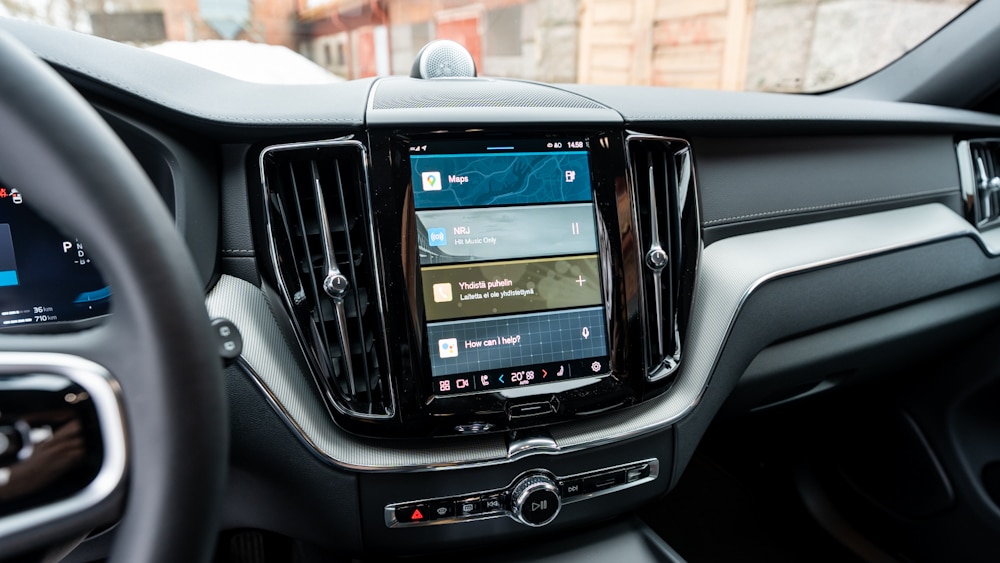
A sharp-eyed driver will notice a slight step in the floor of the boot, but this has no effect on usability. The XC60 has only 468 litres of boot space, which is surprisingly 50 litres less than the V60.
Like the other models, the XC60 offers Google services such as Google Maps and Google Assistant. The centre screen is clearly simple to use, but the ravages of time seem to have taken the sharpest edge off the visual appearance. The same goes for the instrument cluster, which is fine in itself, but an overhaul of the visuals would do wonders for the dull conservative screens.
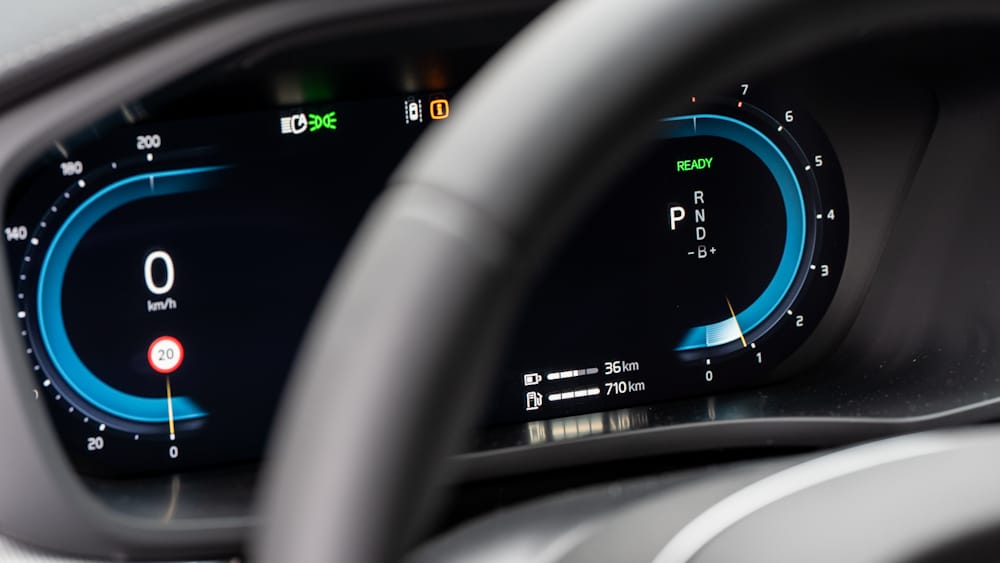
The interior materials in the XC60 seem to be of a high quality standard, to say the least. The feeling in the cabin is the same as in other areas of the car – the car is built to last, and there has been no need to woo buyers with the latest gadgets with fancy interior solutions.
The same can be said of the driveability. The powertrain doesn’t earn the highest marks for driving, nor is it the most fuel-efficient on the market, but the ride is consistently assured. Whatever the weather, the XC60 offers a safe and comfortable ride all year round.
Its popularity, and especially its consistently reliable consumer-friendliness, is reflected in sales figures of more than 2,000 units in Finland and its position in the top five best-selling models for several years in a row.
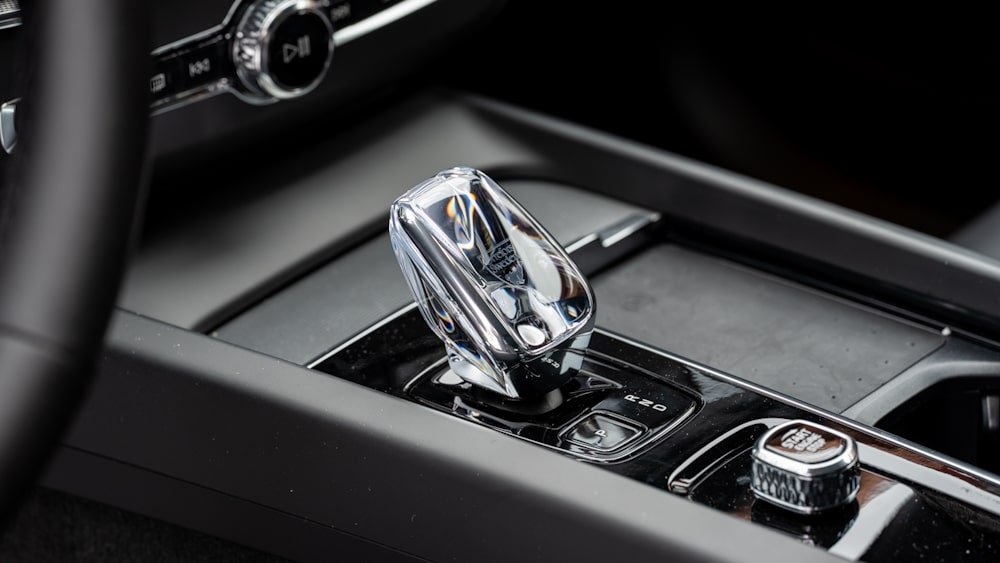
The XC60 has been honed over the years into a fine product that will undoubtedly meet the needs of most families and will not fail to deliver on its promises. The test-driven Black Edition model adds its own extra touch of jet black to the car’s appearance, and now the exterior colour and rims are not the only way to distinguish your living space from the numerous other chrome-clad XC60 models.
The all-electric EX40 and EC40 models are also available with Black Edition trim.
Volvo XC60 T8 AWD Long Range Ultimate Black Edition MY24
- Engine: 1969 cm³, 4-cylinder, petrol
- Combustion engine power: 310 hp / 228 kW. @ 6000 rpm.
- Combustion engine torque: 400 Nm. @ 3000-4800 rpm.
- Electric motor power: 107 kW. (145 hp.)
- Electric motor torque: 309 Nm.
- Total maximum power: 335 kW, 455 hp.
- Total maximum torque: 709 Nm.
- Acceleration: 4.9 sec. (0-100 km/h)
- Driving battery capacity (gross): 18.8 kWh.
- Driving battery capacity (net): 14.7 kWh.
- Manufacturer’s declared range (combined): 76 km (WLTP)
- Test-driven range on a single charge: 62 km (0 ⁰C)
- Internal charger power: 6.4 kW. (2-speed)
- Curb weight: 2163 kg.
- Cargo space: 468 l.
- 4-wheel drive (electrically engageable)
- Towing capacity (with/without brakes): 750/2250 kg.
- Starting price: 72 768 euro (XC60 T8 LR High Perf. Plus Black Edition)
